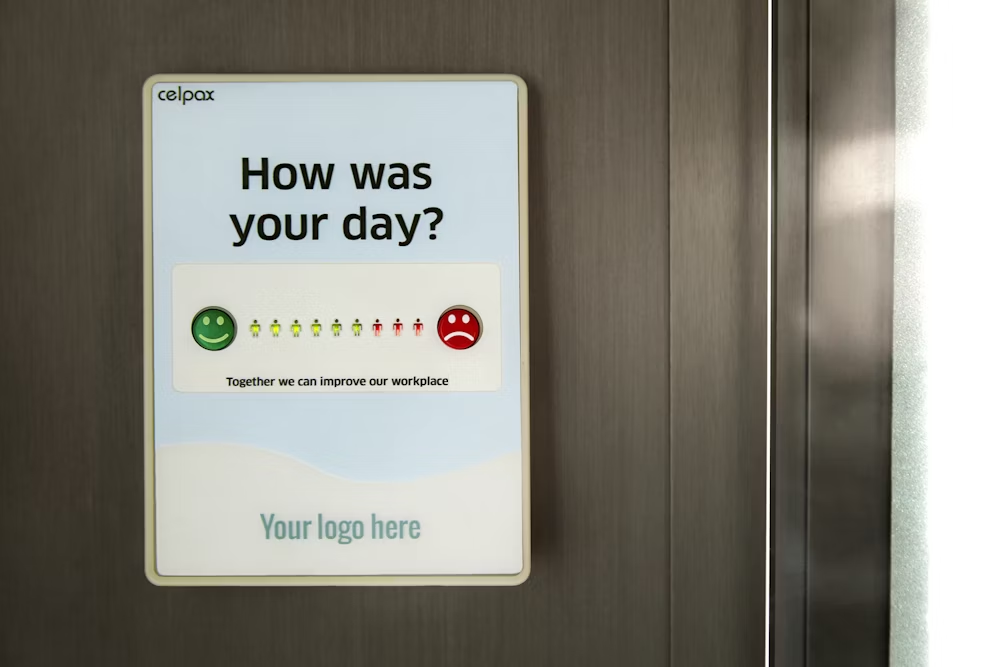Disadvantages of primary data collection
Disadvantages of primary data collection
While primary data collection offers numerous benefits, it also comes with distinct disadvantages that researchers must consider. These drawbacks can impact the feasibility, reliability, and overall outcome of a study. Understanding these limitations helps researchers to design effective and comprehensive research methodologies. Below, we explore four significant disadvantages of primary data collection.
Time-consuming process
Primary data collection often requires a significant investment of time. From designing the data collection tools and protocols to actually gathering the data and analyzing results, each step can take a long time to carry out. For instance, conducting in-depth interviews, surveys, or extensive observations demands considerable time for both preparation and execution. This extended timeline can be a significant hurdle, especially in fields that benefit from the collection of timely data.
High costs
The financial implications of primary data collection can be substantial. Resources are needed for various stages of the process, including material creation, data gathering, personnel, and data analysis. For example, organizing focus groups or conducting large-scale surveys involves logistical expenses, compensation for participants, and possibly travel costs. Such financial requirements can limit the scope of the research or even render it unfeasible for underfunded projects.
Limited scope
Primary data collection is typically focused on a specific research question or context, which may limit the breadth of the data. While this specificity provides detailed insights into the chosen area of study, it may not offer a comprehensive overview of the subject. For example, a case study provides in-depth data about a particular case, but its findings may not be generalizable to other contexts or populations, limiting the scope of the research conclusions.
Potential for data collection bias
The process of collecting primary data is susceptible to various biases, which can compromise the data’s accuracy and reliability. Researcher bias, selection bias, or response bias can skew results, leading to misleading conclusions. For instance, the presence of an observer might influence participants’ behavior, or poorly designed survey questions might lead to ambiguous or skewed responses. Mitigating these biases requires meticulous planning and execution, but some level of bias is often inevitable.
